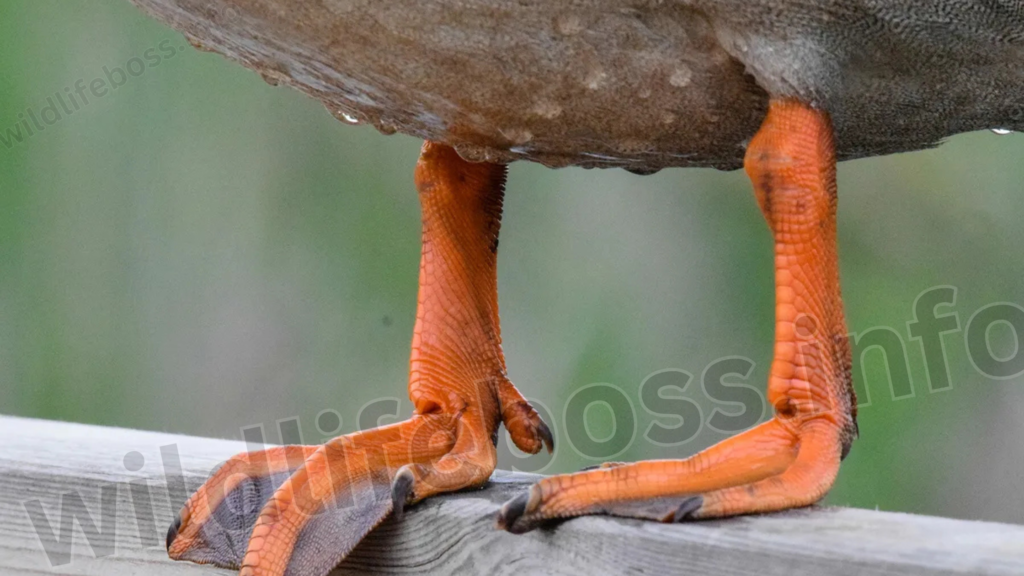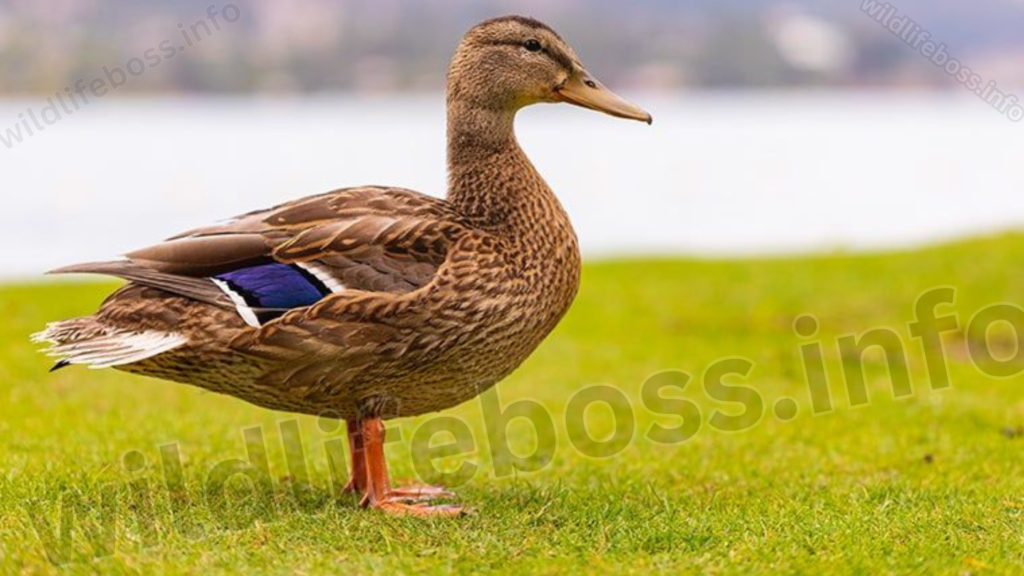The feet of many mammals, amphibians, reptiles, and birds are webbed.
To aid in swimming and water navigation, aquatic birds frequently have a variety of webbed feet.
The ducks feet are known as palmate webbed-skin feet. Three front toes are totally connected in this kind of webbed foot. There is no webbing attached to the hallux, the back toe. Ducks can either spread or close the webbing. Walking, flying, and swimming all use this for propulsion and stabilization. Ducks protect their featherless webbing and toes from severe temperatures by using countercurrent temperature control and other strategies.
The anatomy and purpose of ducks feet are examined in greater detail in this article. Continue reading.
Duck Feet Design
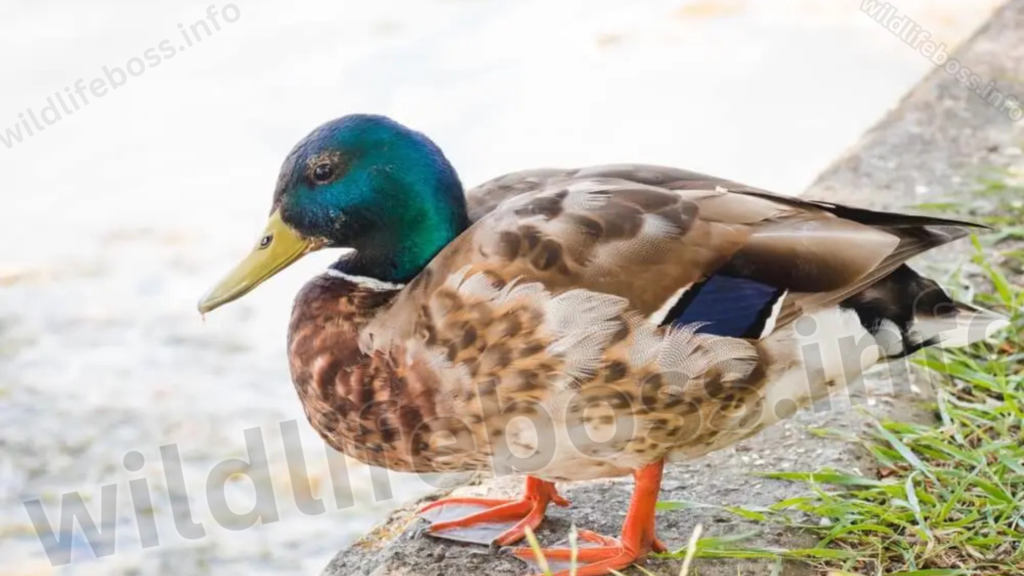
Like swans and geese, ducks belong to the Anatidae family of birds, which also includes other waterfowls.
Although they are absent from the Antarctic region, they are widely distributed throughout the world’s fresh and marine waters. Ducks can be observed swimming, floating, flying, and building nests.
Feet, Not Flippers
Instead of flippers, ducks have palmate feet with webbed skin. In order to move through the water, flippers function similarly to flattened limbs, while feet have toes with joints that allow for flexibility.
A talon, which varies in size and color depending on the species, is found on each toe.
The duck has scales on its webbed feet as well. These help the bird keep its footing while it walks on wet surfaces and looks for food.
Male and female mallards and other duck species have orange feet (and bills) in the late fall and early winter.
The hormonal changes (melanin and adrenaline) brought on by mating and pairing in seasonal monogamy are the cause of this.
Sea also: 39 Chilling Animal Abuse Stats: Learn The Truth In 2024
Types Of Webbed Bird Feet
Some or all of the toes on webbed feet are linked or connected, a condition known as syndactyly.
The Latin word palmatus is the source of the word form “palmate,” which is used in the several forms listed below. The translation of palmatus is “shaped like an open palm or hand.”
The table below lists the four different kinds of swimming foot.
| Type Of Foot | Characteristics | Birds With This Type (Examples) |
|---|---|---|
| Palmate |
|
|
| Totipalmate |
|
|
| Semipalmate |
|
|
| Lobate |
|
|
Palmate Feet
Ducks are known to have palmate feet. This indicates that a network of skin connects each of their toes. Similar to a glove’s fingers! This characteristic can be observed in the feet of ducks and geese.
They find it incredibly helpful when swimming in lakes or ponds. They move quickly forward by using their feet to push water behind them. Observe how a duck uses its palmate feet the next time you see one in the water!
Totipalmate Feet
Some waterfowl species, like ducks and geese, have a distinctive morphological trait called totipalmate foot. All four toes on these feet are completely webbed together, from the base to the tip.
As a result, the toes seem paddle-like since there is no gap between them. These birds are better able to navigate through the water because to the webbing, which is comprised of skin that extends between each toe.
Ducks have totipalmate feet that are specifically designed for swimming and diving in watery conditions. Their swimming speed and accuracy are increased because of the webbed toes’ huge surface area, which enables them to push against the water with greater propulsion.
Semipalmate Feet
Another kind of foot structure present in some duck species is the semipalmate foot. Semipalmate feet only feature partial webbing between the front three toes, as opposed to palmate feet, which have webbing linking all four toes.
This indicates that there is no skin connecting the hallux, or back toe, to the others. These ducks’ semipalmate arrangement allows them to balance their swimming and walking skills.
Their feet are somewhat webbed, which allows them to walk easily on land and paddle through water efficiently. It’s only one of the many amazing adaptations that give ducks their distinctiveness and adaptability!
Lobate Feet
Some bird species, such as some ducks, have lobate feet, another kind of specialized foot. They can travel more easily in aquatic habitats like marshes and wetlands thanks to the lengthy, fleshy lobes or flaps between their toes.
When swimming, the lobes serve as paddles, giving the birds additional stability and propulsion. Ducks with lobate feet may move through the water more easily and effectively because to their special characteristic.
Function Of Duck Feet
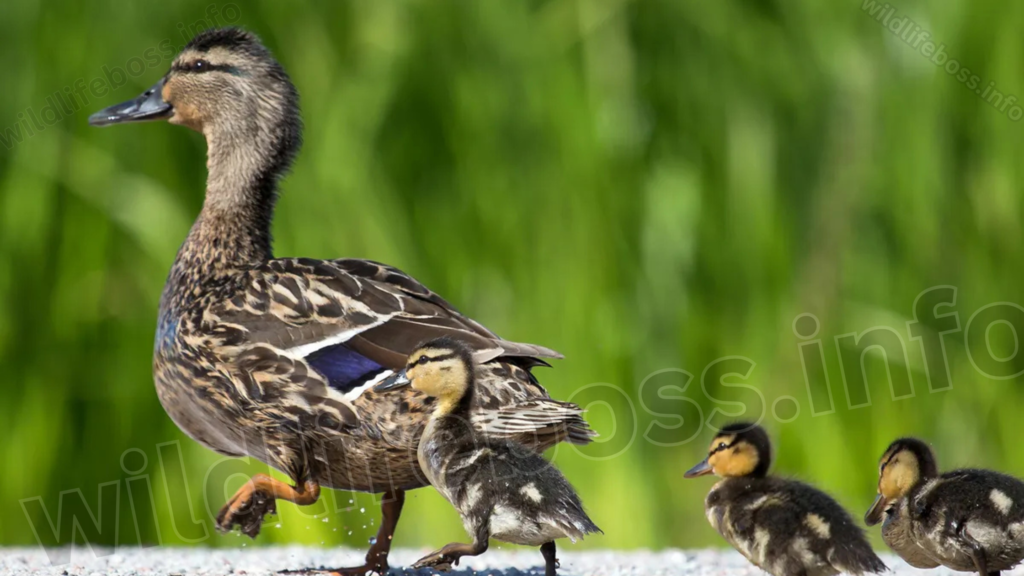
For the duck to be able to walk, swim or fly, have full body control as well as being able to control its body temperature it is essentially required to have developed legs and feet.
Finally, the structure leads to increased foot area giving the duck the possibility to swim and run faster and more powerfully in order to escape a predator or to catch prey.
Swimming
Webbed feet in ducks let them swim substantially and rapidly over the water.
Ducks can push the water with more force and surface area when their webbed toes are spread wide. In order to prepare for the subsequent push or stroke in the water, they might also drag the leg and foot forward by closing their toes.
Not only that but the ducks feet uses also like a rudder to steer in the desired direction also.
Walking
The spines on a ducks feet serve to anchor the animal on the ground. A duck will also open and close its toes to increase the surface area for walking, which gives it balance and stability.
Depending on the species and breed, ducks may have different leg placements. Legged positioning aids in stability and balance as well as diving skills for underwater food sources.
Flying
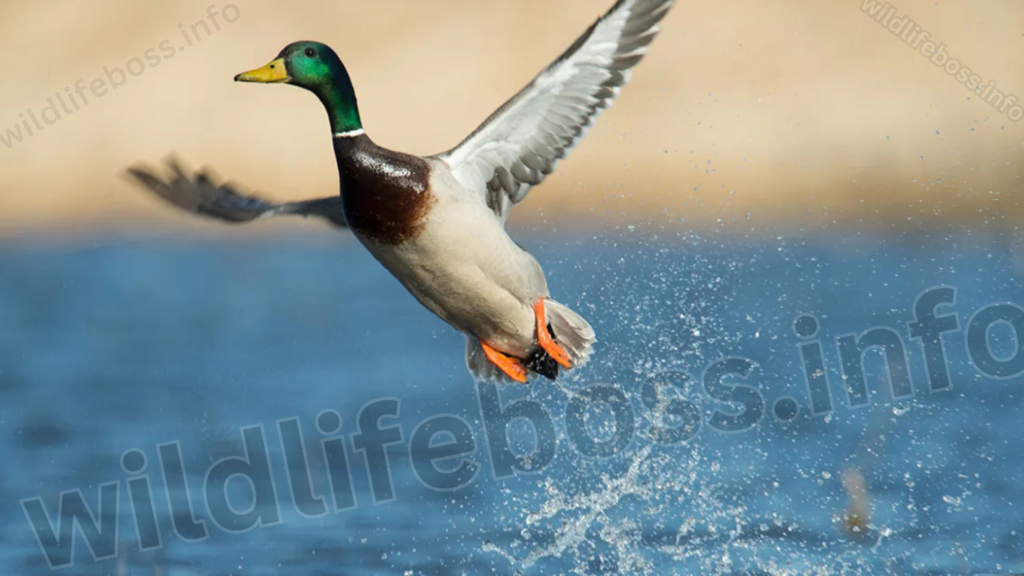
Due to seasonal temperature change, certain species of ducks migrate across great distances, and they are skilled flyers. As the ducks fly through the air, their webbed feet can help with motion and direction.
With the help of their strong wings, ducks feet can take off and land in the water.
Ducks stretch their toes when they land, increasing the surface area of their webbed feet. This helps the duck land safely on the water or on a surface by slowing them down.
Temperature Control
Despite not having feathers or fat on their feet, ducks have warm blood. Therefore, in addition to other methods, their bodies use a countercurrent heat exchange system in their legs and feet.
Countercurrent Heat Exchange
Blood that has been cooled by the water or the climate returns to the body from the foot via veins that are clustered around arteries. Warm blood is being sent from the body to the foot via these arteries.
Simply put, the warm blood entering the leg and foot is passed by the cold blood. Heat is transferred from the heated blood to the cooled blood. When the temperature is below freezing, they make use of venous and artery currents.
Restriction Of Blood Flow
Additionally, when the temperature is colder than freezing (32°F), ducks can save heat by decreasing the amount of blood flowing to their feet.
The ducks feet and legs are able to withstand ice and chilly water because of this heat transmission. Ducks have a core body temperature of roughly 100°F, although their feet may be as cold as just over freezing.
Other Techniques
Ducks may also raise one leg at a time to warm it with their torso covered in feathers.
On the other hand, a duck may cool itself by submerging its webbed legs and feet in dirt or cold water if it’s too hot. The surface area that can be cooled off is increased by spreading the webbed toes.
Conclusion
Three interconnected front toes make up the palmate webbed-skin ducks feet. There are no webbings attached to the back hallux toe.
To produce surface areas that are perfect for propulsion and balance when swimming, flying, and walking, they may control the webbed toes by shutting or opening them.
In extremely hot or cold temperatures, ducks also regulate the flow of heat by using countercurrent venous and arterial blood flow.
Ducks may also modulate their body temperature by standing in muck or water, lowering their blood flow, or tucking a leg up to their body.
Frequently Ask Question(FAQs)
What is the meaning behind the name duck?
Etymology. Given that many species in the dabbling duck group feed by upending, the name “duck” is derived from the Old English word “dūce,” which means “diver.” This verb is a derivative of the verb *dūcan, which means “to duck, bend down low as if to get under something, or dive.” This is comparable to the Dutch duiken and the German word “tauchen,” which means “to dive.”
Are the feet of ducks called flippers?
Among other creatures, dolphins, porpoises, penguins, and pinnipeds have “flippers,” although ducks have not. In order to gain additional leg thrust when paddling, diving, or trying to take flight from a body of water, ducks and many other aquatic birds have webbed feet.
What do you call ducks feet?
Femoral retroversion is a disorder that is commonly referred to as “out-toeing.” This disorder is identified in children and is typified by the child’s peculiar “ducks feet” gait and posture.
Do ducks possess hooves or feet?
Though, webbed feet are common in several birds in addition to that few amphibians, reptiles and mammals are also found to have webbed ducks feet. Some birds – ducks, pelicans, herons, some mammals – platypuses, and a few reptiles – crocodiles, some species of frogs, and some domestic animals – certain breeds of dogs and cats.
What is the name of the duck walk?
A waddle is a duck’s walk. Turn your feet away from one another and take quick, awkward steps that cause you to swing unsteadily from side to side in order to mimic it. There are other creatures that can waddle besides ducks. Although they travel gracefully through the water, penguins may waddle upon the ice thanks to their tiny feet.

